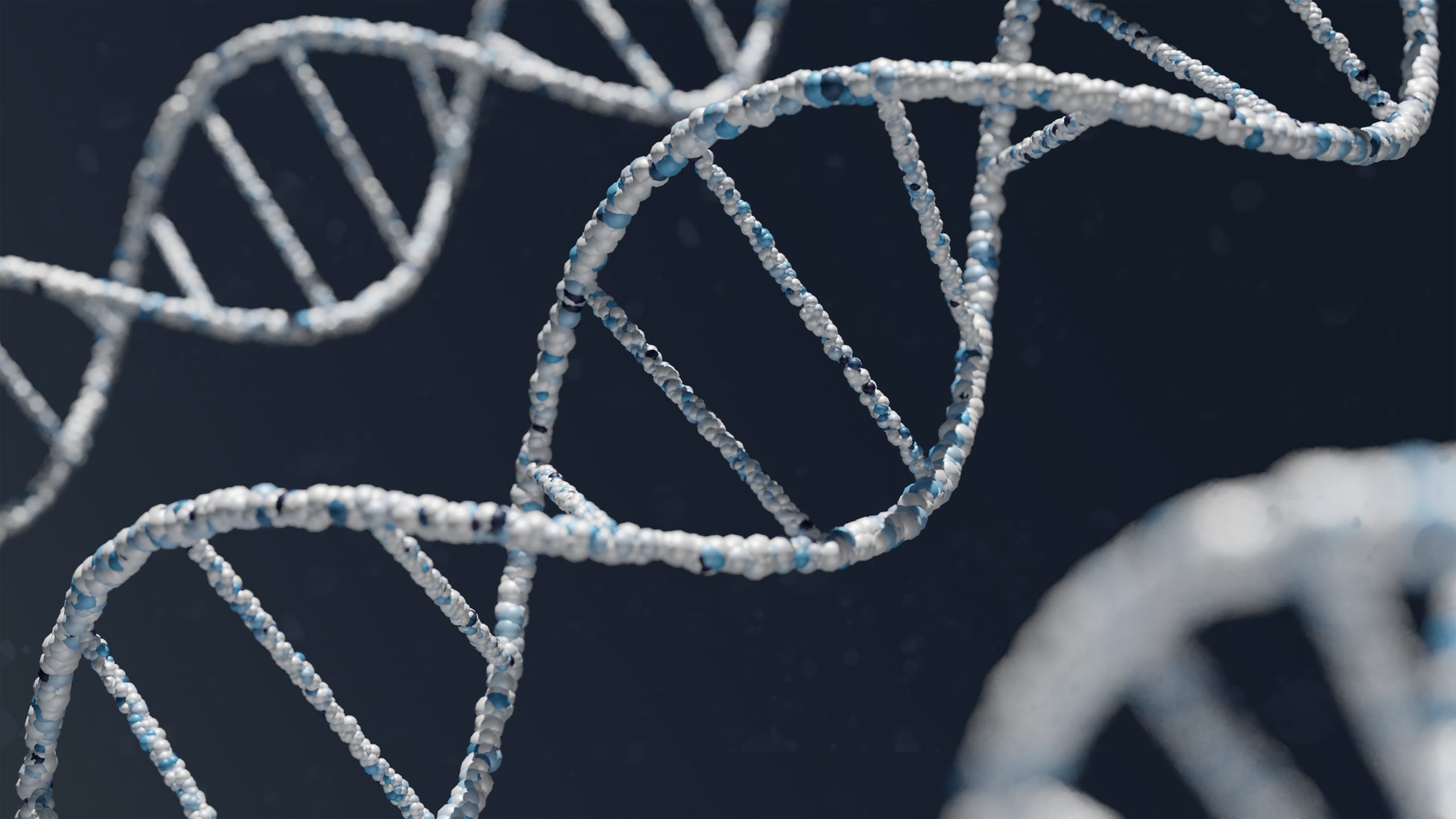Tag: ultra large scale systems

Gigantische Datenmengen auf der DNA
Ein Artikel von Michelle Albrandt, Leah Fischer und Rebecca Westhäußer. Durch die Digitalisierung werden immer mehr Daten erzeugt. Dabei erreicht die Datenbasis durch Vernetzung von Mensch zu Mensch, sowie auch von Mensch zu Maschine, eine neue Dimension (Morgen et al., 2023, 6). Prognosen für das Jahr 2025 zeigen, dass in Zukunft ein erhebliches Datenwachstum zu…
Microservices – any good?
As software solutions continue to evolve and grow in size and complexity, the effort required to manage, maintain and update them increases. To address this issue, a modular and manageable approach to software development is required. Microservices architecture provides a solution by breaking down applications into smaller, independent services that can be managed and deployed individually.…
 Allgemein, Artificial Intelligence, Deep Learning, System Architecture, System Designs, System Engineering, Ultra Large Scale Systems
Allgemein, Artificial Intelligence, Deep Learning, System Architecture, System Designs, System Engineering, Ultra Large Scale SystemsAn overview of Large Scale Deep Learning
article by Annika Strauß (as426) and Maximilian Kaiser (mk374) Introduction Improving Deep Learning with ULS for superior model training Single Instance Single Device (SISD) Multi Instance Single Device (MISD) Multi Instance Multi Device (MIMD) Single Instance Multi Device (SIMD) Model parallelism Data parallelism Improving ULS and its components with the aid of Deep Learning Understanding…
How to Scale: Real-time Tweet Delivery Architecture at Twitter
There is a lot to say about Twitters infrastructure, storage and design decisions. Starting as a Ruby-on-Rails website Twitter has grown significantly over the years. With 145 million monetizable daily users (Q3 2019), 500 million tweets (2014) and almost 40 billion US dollar market capitalization (Q4 2020) Twitter is clearly high scale. The microblogging platform,…
Queueing Theory and Practice – OR: Crash Course in Queueing
What this blog entry is about The entry bases on the paper “The Essential Guide to Queueing Theory” written by Baron Schwartz at the company VividCortex which develops database monitoring tools.The paper provides a somewhat opinion-oriented overview on Queueing Theory in a relatively well understandable design. It tries to make many relations to every day…
